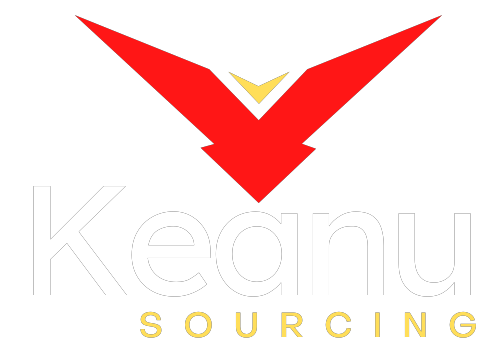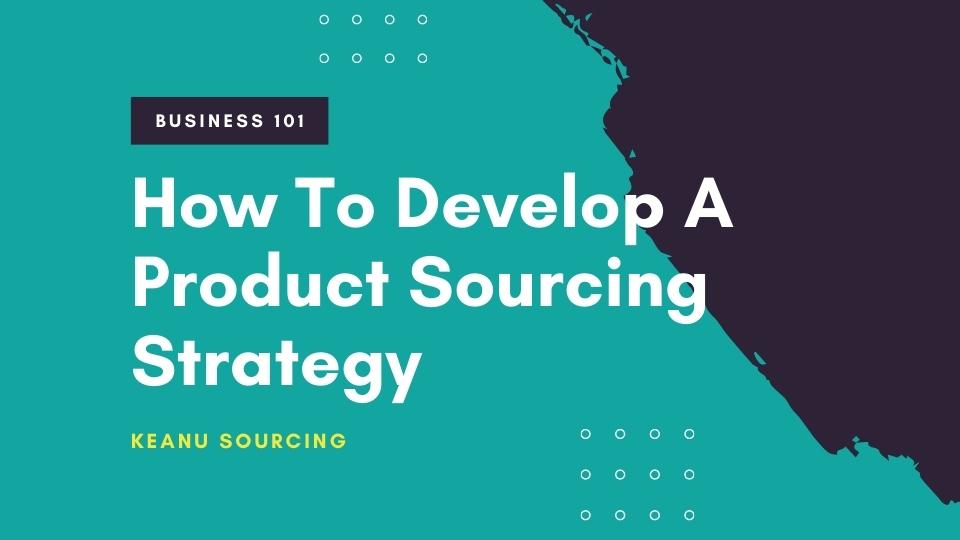Product sourcing is the process of locating, purchasing, and acquiring products to meet the needs of a company. A product sourcing strategy helps companies identify where they can find the best, most affordable, and consistent products. There are many factors to consider when developing a product sourcing strategy, such as supplier quality, price, and volume. By taking these into account, businesses can ensure that they’re getting the best possible value for their money.
There are a variety of ways to develop a product sourcing strategy. Some tips include researching your target market, determining what products you want to sell, and identifying the best suppliers. Additionally, it is important to establish clear goals for sourcing and track your progress regularly.
When you source products, you have to be careful not to compromise on quality or safety. You also need to consider what your business needs are, as well as what your customers are likely to want. If you can find a reliable supplier who meets all of these requirements, then product sourcing can be a very effective way to grow your business.
Step 1: Define Your Product Sourcing Goals
There are a few key things to consider when sourcing products for your business. What are your product sourcing goals? Do you want to purchase products domestically or internationally? Do you want to source products from small businesses or large corporations? These are all important questions to ask yourself when determining where and how you will source your products.
Another important factor to consider is the quality of the product. Will the product meet your standards, or do you need to ensure that the product has specific features that you require? Once again, this is something you will have to decide based on your specific needs and goals for your business. It’s also important to consider cost when sourcing products for your business. Are there certain types of products that are cheaper to purchase overseas than in the United States? Are there certain brands of products that are more affordable than others?
Step 2: Research Your Target Market
There are a few things you need to do before you can start your marketing research for your business. First, it’s important to figure out who your target market is. This can be done by doing some preliminary research or by asking customers or potential customers what they think your product or service is good for. Another thing to consider when targeting your market is the competition. You don’t want to duplicate the efforts of others, so it’s important to know what they’re up to. Finally, make sure that the product or service you offer meets the needs of your target market. If not, you may end up losing sales and/or customers in the long run.
Step 3: Identify Potential Suppliers
If you’re starting a business, it’s important to identify potential suppliers early on. Research your industry and find companies that specialize in what you do. Make a list of the companies you’ve identified and start talking to them about supplying your product or service.
Be realistic about your expectations and be willing to negotiate prices. Remember, you’ll need to pay these suppliers in advance for their services, so be prepared to put down a deposit or make a payment on what you estimate will be the total costs of getting your product or service out into the world.
Once you have a list of potential suppliers, don’t forget to ask for references. Talk with people who have worked with the companies on your list and see if they had a good experience. If not, ask them if they could point you in the direction of someone who did.
Step 4: Narrow Down Your Supplier List
When starting the sourcing process, it is important to narrow down your supplier list. There are many factors to consider when selecting a supplier, such as quality, price, delivery time, and compliance. To help you make informed decisions when sourcing products, here are some tips to keep in mind:
Establish criteria for quality and performance. It is important to set standards for what you require from your suppliers, in order to ensure that the products they provide meet your expectations. Make sure that the products you choose are reliable and of good quality. Consider price and delivery time. When choosing a supplier, be sure to consider the price and delivery time offered by the company. Sometimes it is necessary to pay a higher price for high-quality products delivered quickly.
Step 5: Negotiate Prices And Terms
When negotiating prices and terms with a potential buyer or seller, it is important to be aware of the following:
1. The asking price – This is the initial price that the seller is asking for the product or service.
2. The minimum acceptable offer – This is the lowest price that the seller will accept for the product or service.
3. The maximum acceptable offer – This is the highest price that the seller will accept for the product or service.
4. The bargaining range – This is the range of prices within which a reasonable negotiation can take place.
5. The vendor’s position – Often, sellers have a firm stance on their asking price and may not be willing to negotiate much further down or up from this figure.








